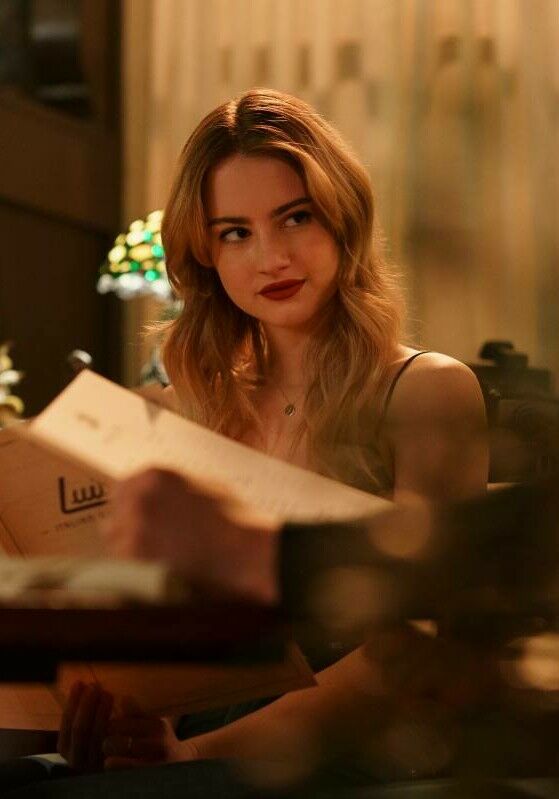Based on the 2018 novel of the same name by Carola Lovering, Hulu TV drama series Tell Me Lies hit the small screen this September. Centring around the tumultuous but intoxicating relationship between Lucy Albright and Stephen DeMarco over the course of eight years, the series reveals how seemingly mundane choices lead to irrevocable consequences. Such was the success of the series, it was renewed for a second season just two months later.
With the popularity of streaming services today, production value expectations for TV series is on a par with feature films, often on a tight timeline, which means close attention must be paid to production values for both picture and sound.
Tell Me Lies is no exception, with production sound recorded and mixed by Michael Wynne, CAS, using his extensive arsenal of Lectrosonics wireless.
This includes his trusty SMQV dual battery belt-pack and IFBT4 transmitters as well as SRc dual-channel slot mount, UCR411a compact and Venue modular receivers, and units from the D² Series, including the DPR plug-on transmitter and DCR822 dual-channel compact and DSQD 4-channel receivers.
For his booms on the series, Wynne opted for a full D2 digital stream with two DPR digital plug on transmitter units and two DSQD four-channel digital receivers, citing the clarity of sound as what he likes most.
For interiors Wynne typically deployed the Schoeps Colette CMC141 (MK41 supercardioid condenser capsule with a CMC 1 U amplifier and CUT60 low-cut filter).
On each boom, the DPR transmitter plugs into the CineLa suspension mount, making for what he calls “an extremely low-profile, lightweight solution that the boom operators love.”





